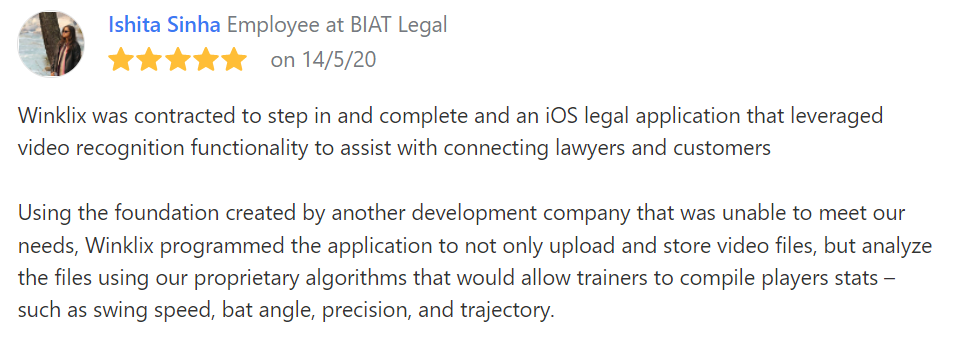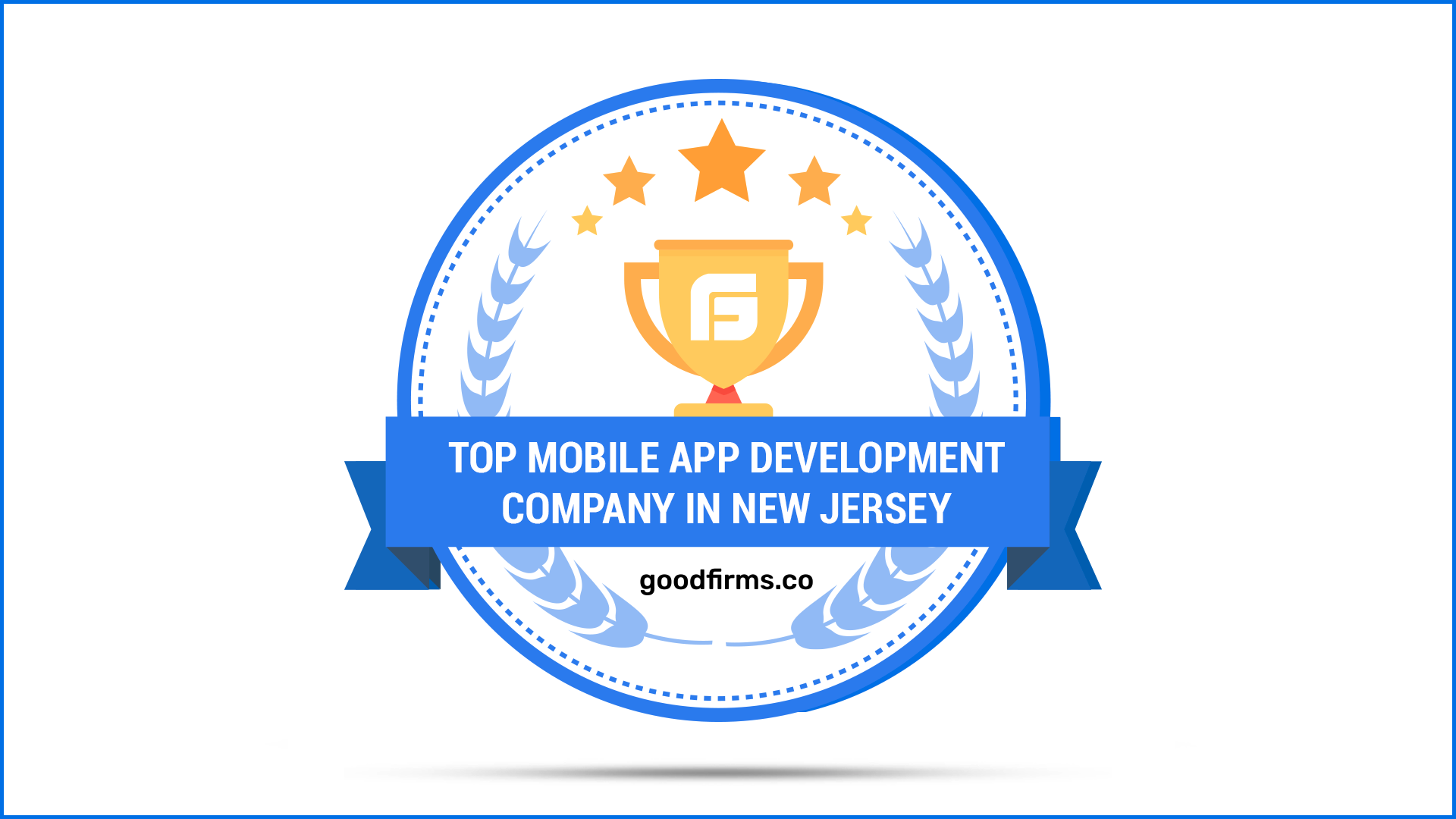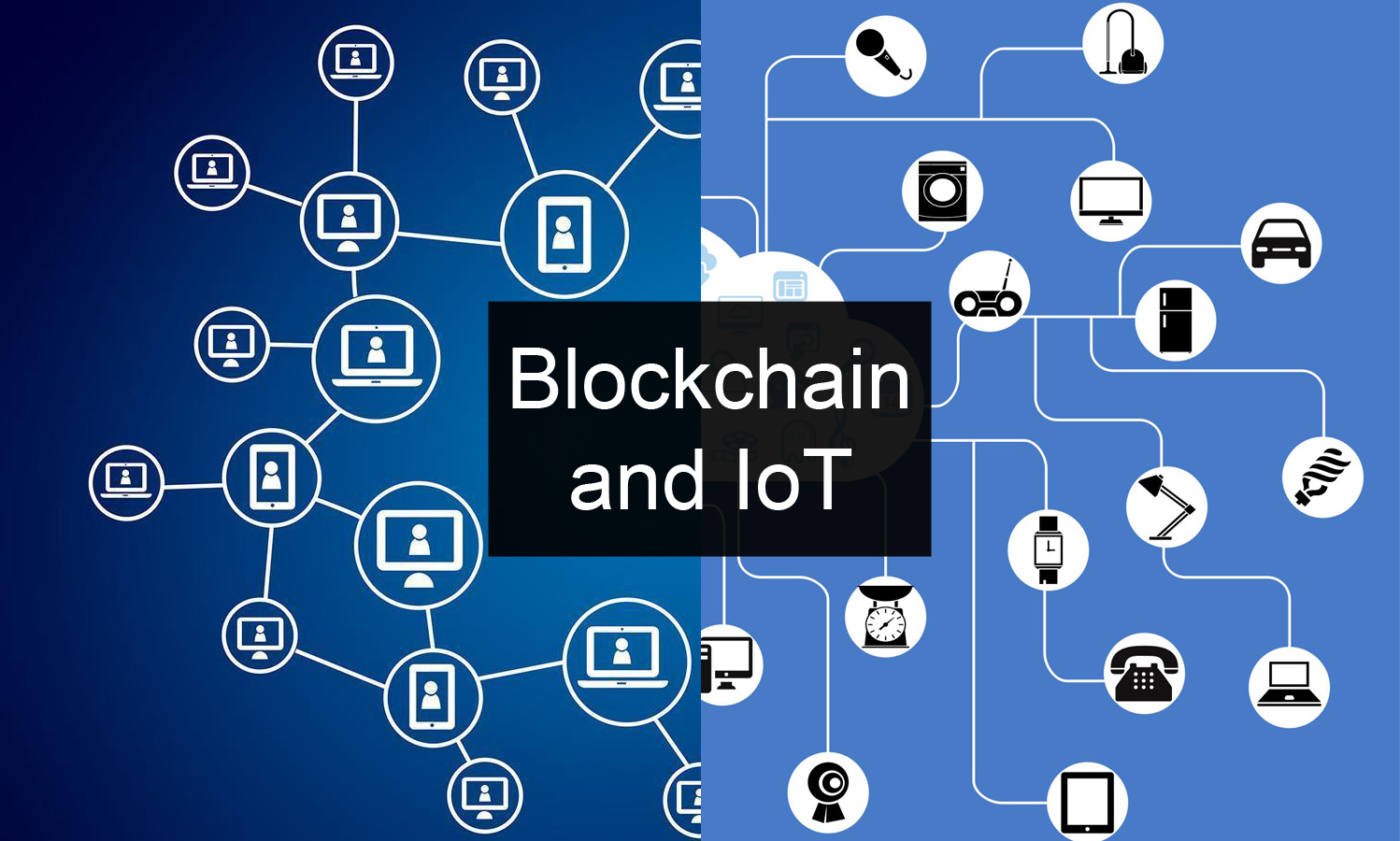IoT is a highly disruptive 21st-century technology that aims to deliver a connected world. Essentially, IoT connects people, places, and things, offering huge prospects for value creation and capture.
IoT promotes an interacted world where different things exchange measured data to create a fully connected ecosystem. The analytical capabilities of this technology use this data to gather valuable insights and convert them into action, impacting business processes and resulting in enhanced convenience.
That being said, there are still many security and technical concerns associated with IoT that remain unaddressed. And the most important ones are security and scalability. But many researchers have noted that “blockchain”, another breakthrough technology has the potential to address some of the greatest IoT security and scalability concerns. In fact, the convergence of these two technologies opens up a space of pretty unrestrained possibilities. Several mobile app development companies are experimenting with these two disruptive technologies to deliver unparalleled products.
Blockchain and IoT- An Overview
Blockchain is a quickly emerging technology that comes with unique benefits and capabilities. Also known as distributed ledger technology (DLT), it comprises distributed digital ledgers that reside on the internet and are shared between participants. Any events or transactions recorded in the ledger cannot be later removed or amended.
Add alt text
Blockchain has three fundamental properties: distribution, decentralization, and immutability. And all these properties can benefit IoT. Let’s understand this with an example.
Here, we will talk about a jewelry store that is monitored by surveillance cameras that act as IoT devices. Now for an intruder, hacking into the database where all videos from the camera are stored is easy. Thus, the security aspect is not so strong and can be easily compromised.
However, with the distributed aspect of blockchain, the data is replicated across several computer systems. This makes hacking very challenging since there are many target devices to hack. In other words, blockchain technology creates redundancy in storage that adds an added layer of protection and addresses the security challenges associated with IoT devices.
Moving on, let’s assume that the intruder is captured and he tries to plead innocent in court. He claims that the recorded video is fake evidence. Here, the immutability characteristic of blockchain comes into play. Essentially, this implies that if any change is made to the stored data, then it will be automatically detected. Thus, if anyone tries to tamper with the data, blockchain technology will detect it.
Now coming to the decentralization aspect of blockchain, it must be noted that although this is a major issue when storing data from IoT devices, it can still be used to one’s benefit.
Decentralization means that the data from IoT devices is stored across computers that may belong to different entities. And this may risk the leak of sensitive data that is vital to your organization.
The best alternative to this is to store all sensitive data in a central data warehouse and using blockchain technology while permitting access to the different parties. This will help you find out who accessed your data from the warehouse and for how long. Furthermore, any outsider requesting access to your data will go through you, thereby enhancing privacy and confidentiality.
The Benefits of Blockchain and IoT
Add alt text
The convergence of blockchain and IoT opens up many new possibilities for businesses and ultimately helps to minimize inefficiencies, reinforce security, and improve transparency for all involved parties. Here, we will look at the different ways in which blockchain can accelerate the Internet of Things and address the various concerns associated with it.
- No Scope for Data Tampering
As mentioned above, blockchain comprises distributed digital ledgers which are tamper-resistant. Thus, none of the involved parties can tamper with the data at any cost. This helps to improve trust among the parties.
- Enhanced Security
Security is a prime concern with IoT devices. However, using blockchain to store IoT data is an excellent way to add an enhanced layer of protection, dissuading hackers from getting access to the network. Also, blockchain adds encryption while the data is being transmitted and stored. It removes a single point of failure and ensures to quickly locate the weak link in the entire network.
- High Level of Transparency
Blockchain technology brings in a great level of transparency by rigorously verifying and allowing transactions originated only by trusted parties. It offers transparency by determining who has access to the data, who is transacting, and a clear record of all past transactions. Thus, if there is any kind of data leakage, its source can be easily tracked down.
- Seamless Coordination
Blockchain enables better coordination among the billions of IoT-connected devices. The distributed ledger technology makes it easy to process a large number of transactions at the same time, and thus, improves synchronization among the interconnected devices.
- Reduction in Costs
Blockchain technology enables IoT app development companies to reduce their processing overhead costs. By automating the entire task of transaction validation and processing, the companies can move towards a more proactive ecosystem with diminished costs.
Blockchain is secure and encrypted by design. It involves several independent nodes that verify the updates to the chain much before the update itself. And this prevents harmful and nefarious actions from occurring. Furthermore, blockchain helps to create a transparent ecosystem that promotes trust and reduces costs.
Things to Consider Before Merging Blockchain and IoT
It is no doubt that blockchain and IoT are an incredible combination. However, the two technologies are not evolving at a similar pace. And this has led to some challenges in their adoption.
For instance, most IoT devices come with limited battery life. Unlike others, they are not run on Wi-Fi or any other power source at all times. And thus, it is not feasible to have an intensive blockchain transaction system running on such a small and vulnerable device. Apart from this, few other aspects need to be considered before using these two technologies in conjunction.
- Scalability
The number of IoT devices is on the rise. And this translates to humongous amounts of data collected by a network of sensors on a regular basis. However, managing this massive data is a big challenge, especially due to lower transaction processing speeds. Thus, before merging blockchain with IoT, you must devise a strong data model that can save time and prevent hassles when bringing the solution into production.
- Network Privacy
Blockchain works on the principle of decentralization. This means that the computers that store the data from IoT devices may be under the control of different entities. So, if not implemented properly, there is a huge risk of losing the user’s sensitive data to third parties.
- Sensors
Sometimes, sensors may be affected or altered by external interventions. Consequently, they may lose their integrity and reliability. It is important to ensure a safe and secure environment for recording data and transactions.
Key Takeaway
Both IoT and blockchain are evolving technologies that hold immense potential. However, due to some security and technical concerns, they are still lacking widespread adoption. That said, there are adequate use cases of the union of two technologies in supply chain, truck leasing, and oil operations industries that are yielding immense benefits.
Companies should start considering the implementation of IoT and blockchain in their business to address significant business issues and enhance productivity. You can easily find a reputed IoT app development to get started today.





